
FASHION Karnit Aharoni lived and worked all over the world before deciding to create her luxury designer label in France. She tells Jack Yan her story and her approach to creating fashion
Photographed by Greg Alexander
Art-directed by Sébastian Vienne
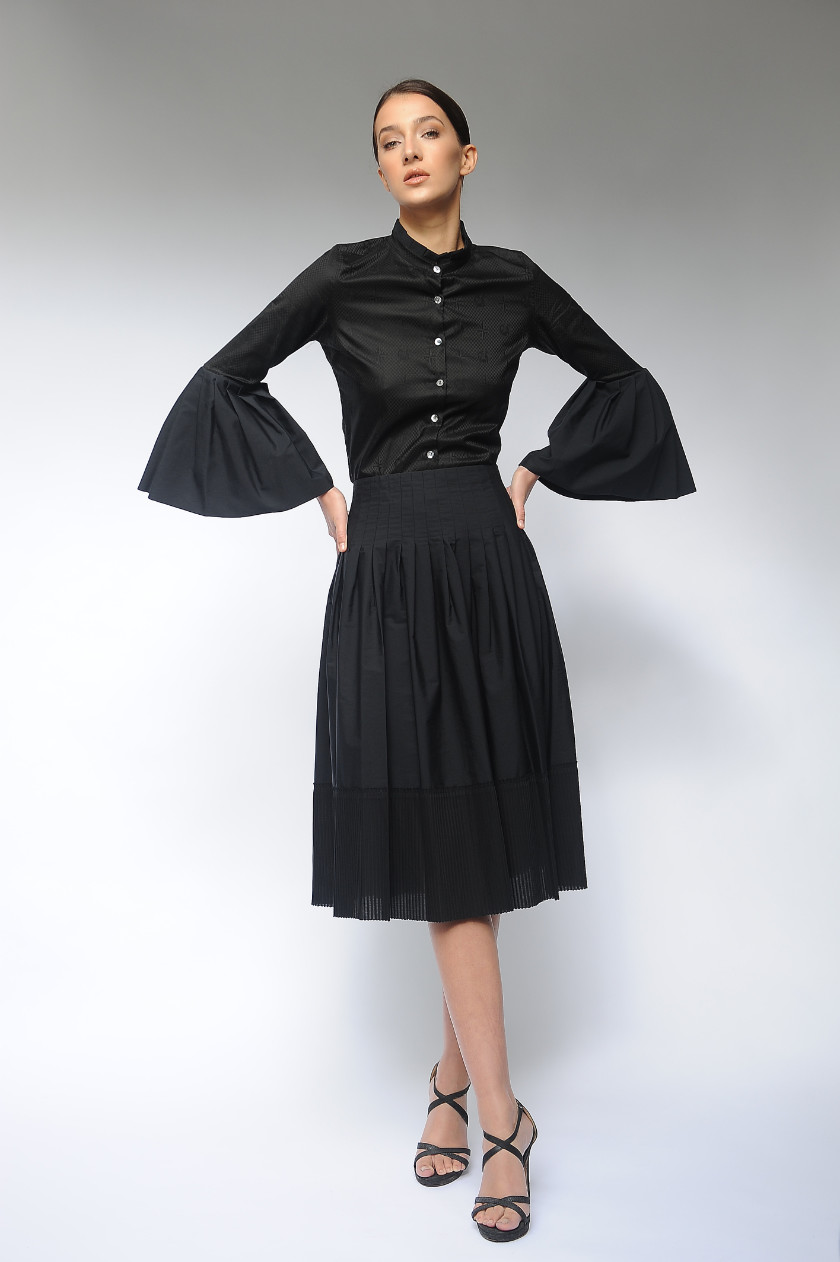
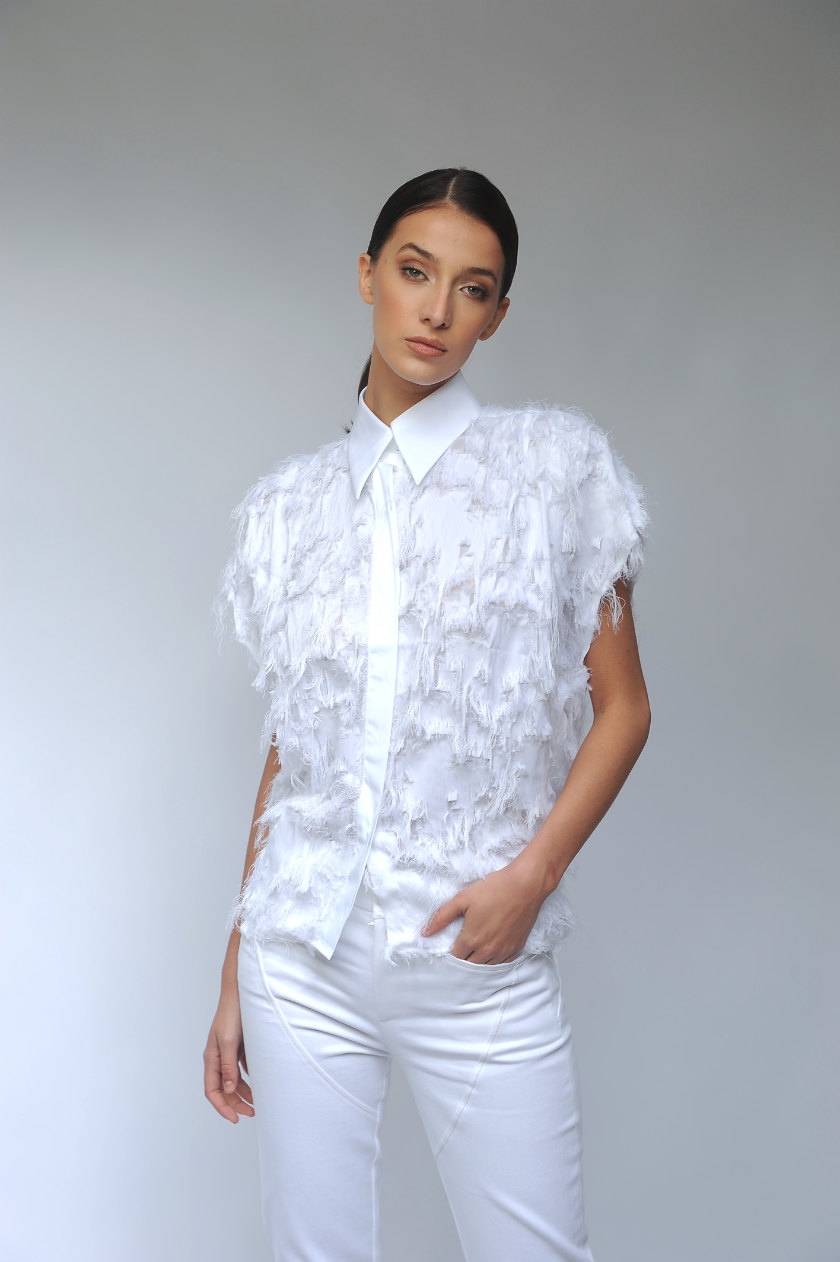
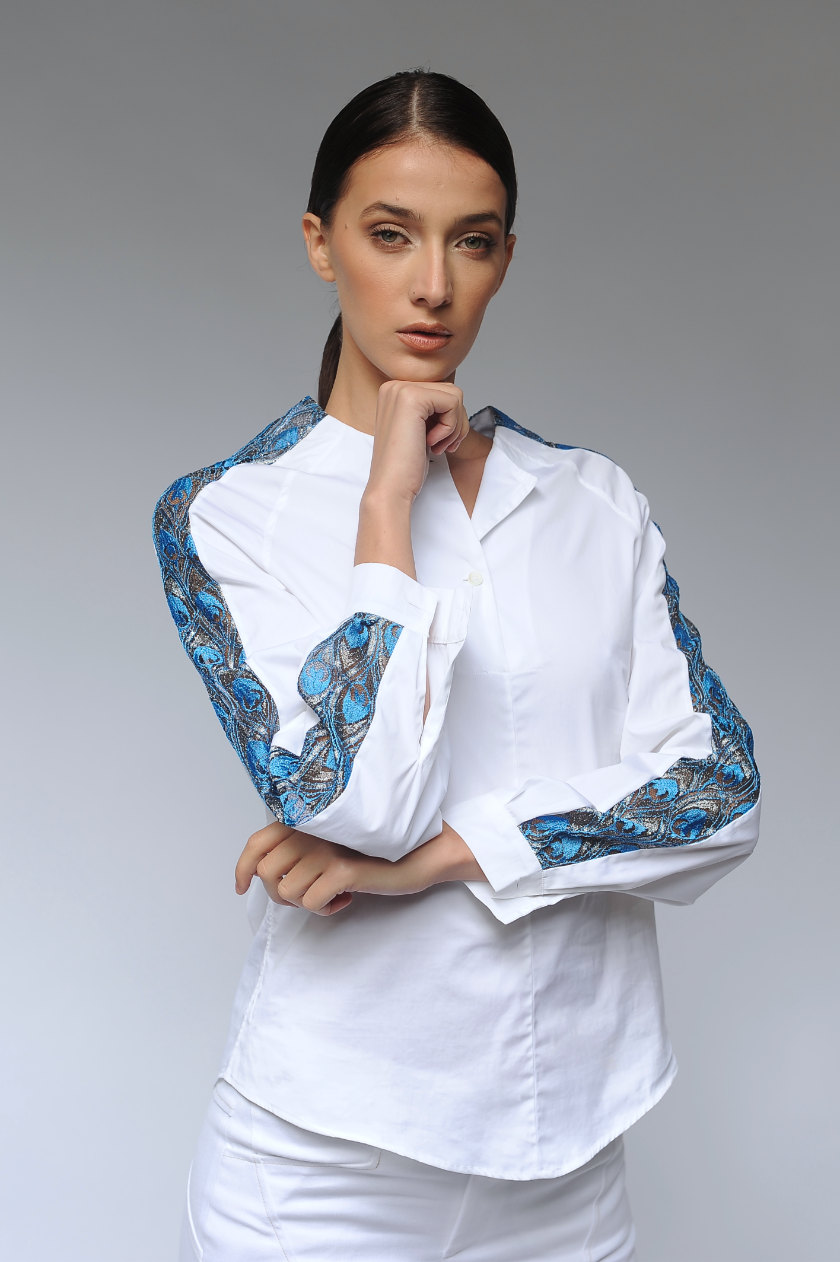
Jack Yan is founder and publisher of Lucire.
It’s an oft-heard phrase, une citoyenne du monde, a citizen of the world, but in Karnit Aharoni’s case it describes her perfectly. This French-based designer hails from Israel, born to a diplomatic family who then travelled around the world, giving their daughter an international upbringing. As a child and teenager, the longest and most influential place she had stayed was New Zealand. Aharoni says of her time in Aotearoa: ‘I feel so thankful for this, because it is unlikely, and so different, far and wonderful. When we left I was 16, old enough to be able to keep the influence of the Kiwi spirit.’
Aharoni attended Onslow College in the northern suburbs of Wellington, not far from Lucire’s present HQ. The area is a melting pot of different races and economic groups: some of the wealthiest homes are within walking distance of the college, as are some working-class families. The college prides itself on respecting international cultures, particularly the two that form the country’s foundation: the native Māori and the British who began arriving in the 18th century.
Returning home to Israel, Aharoni completed her Bachelor of Arts in textiles and fashion. ‘However, during that time I was chosen to participate in a student exchange programme in England. A country where I felt naturally comfortable because so much reminded me of New Zealand,’ she recalls. ‘I was invited to the RCA [Royal College of Art] fashion show, and knew immediately that in order to get where I wanted to go, I had to try and get into that school.’
Her experiences in England mirrored what so many of her generation found: ‘I loved living in London and studying there, as there is no match to the freedom of creativity and talent you meet there. I believe my studies there for a master’s degree defined where I am as a designer.’
Armed with a postgraduate degree from a prestigious college, Aharoni headed to New York. She says, ‘Arriving in NYC was an incredible adventure, and immediately I felt at home. The fact that I went to the RCA opened doors, but being a world traveller meant I was flexible and open to newness, which is so important as a designer.
‘New York is a city where there is so much international mix, crazy creativity and energy. I just loved it. It’s an important step in the world of fashion, because only by experiencing different fashion centres, influences and energies, you can later find the perfect home for you. Working in NYC is without a doubt, very intense non-stop energy and work.’
While in New York. she worked for Donna Karan, before later heading to Milano, working for Ermenegildo Zegna. Having put down 20 years working for others, Aharoni decided it was time to start her own label.
‘Starting your own brand isn’t the path of all designers, and you must be ready for it and want it more than anything, because it isn’t easy,’ she explains. ‘I’ve always known that’s what I wanted, and went through different phases and concepts, which come from working in the industry, understanding how things work, loving parts of it, but also know what you don’t love. All the encounters and experiences led me to finally take the plunge and jump!’
And Paris was a natural choice for the label, though not for the reasons that one might expect: ‘I met my French husband on a plane, which makes sense as I was spending most of my time travelling between countries. And so as fate has it, I made my home in France and eventually created my brand here.’
continued below
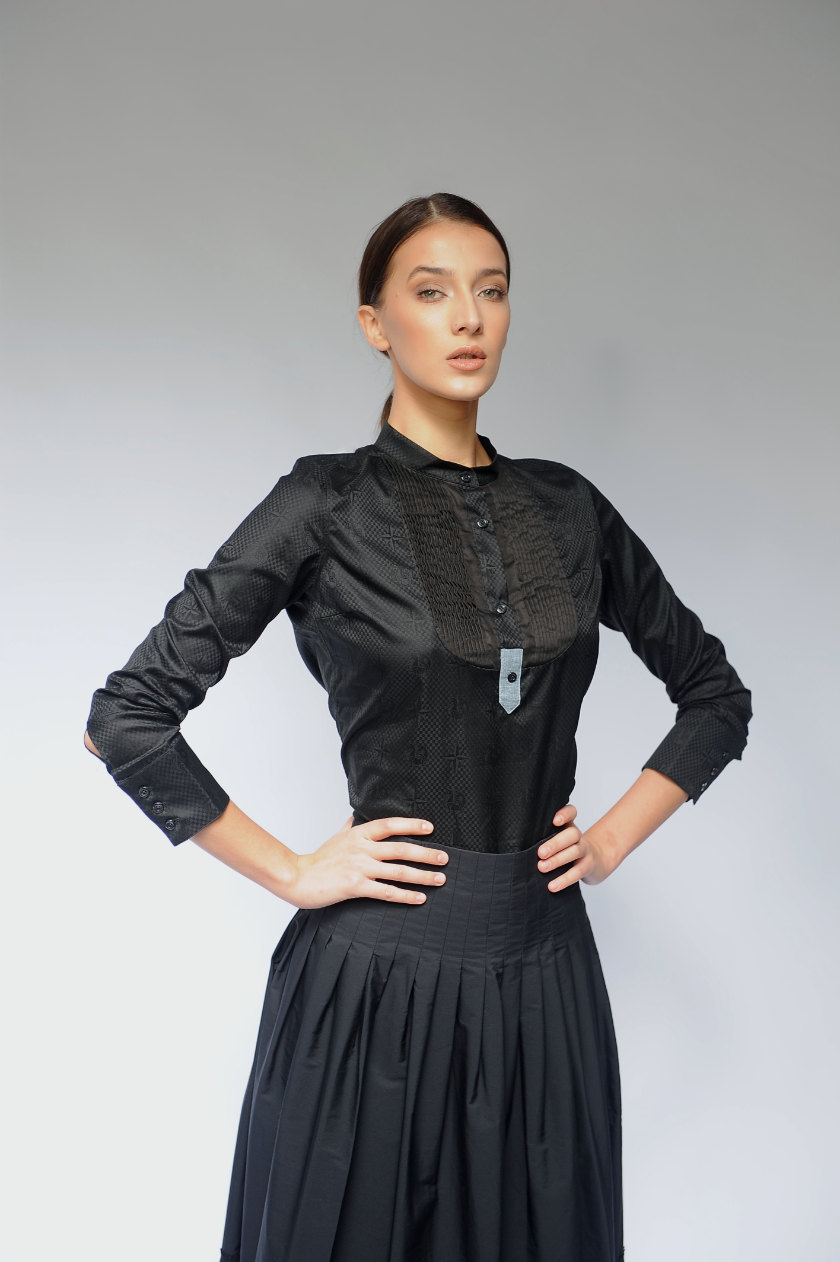
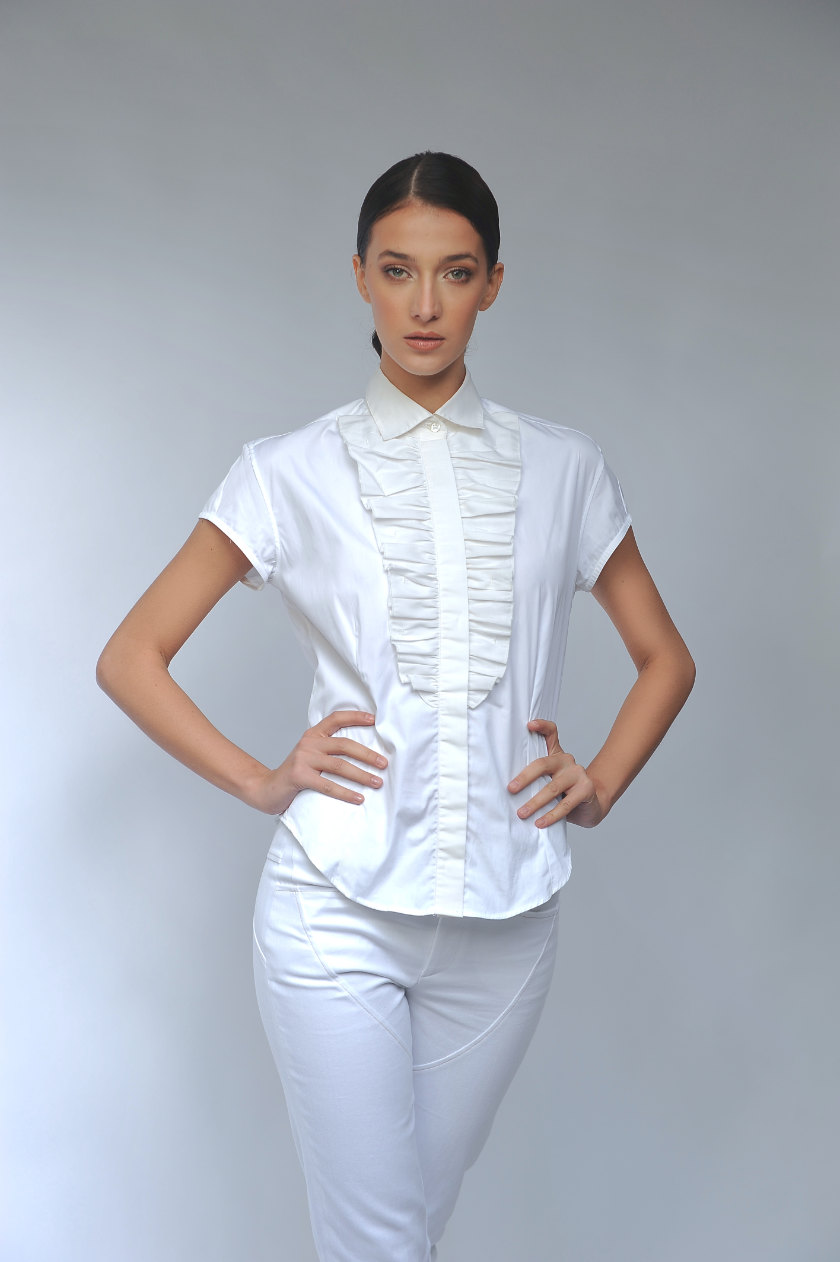

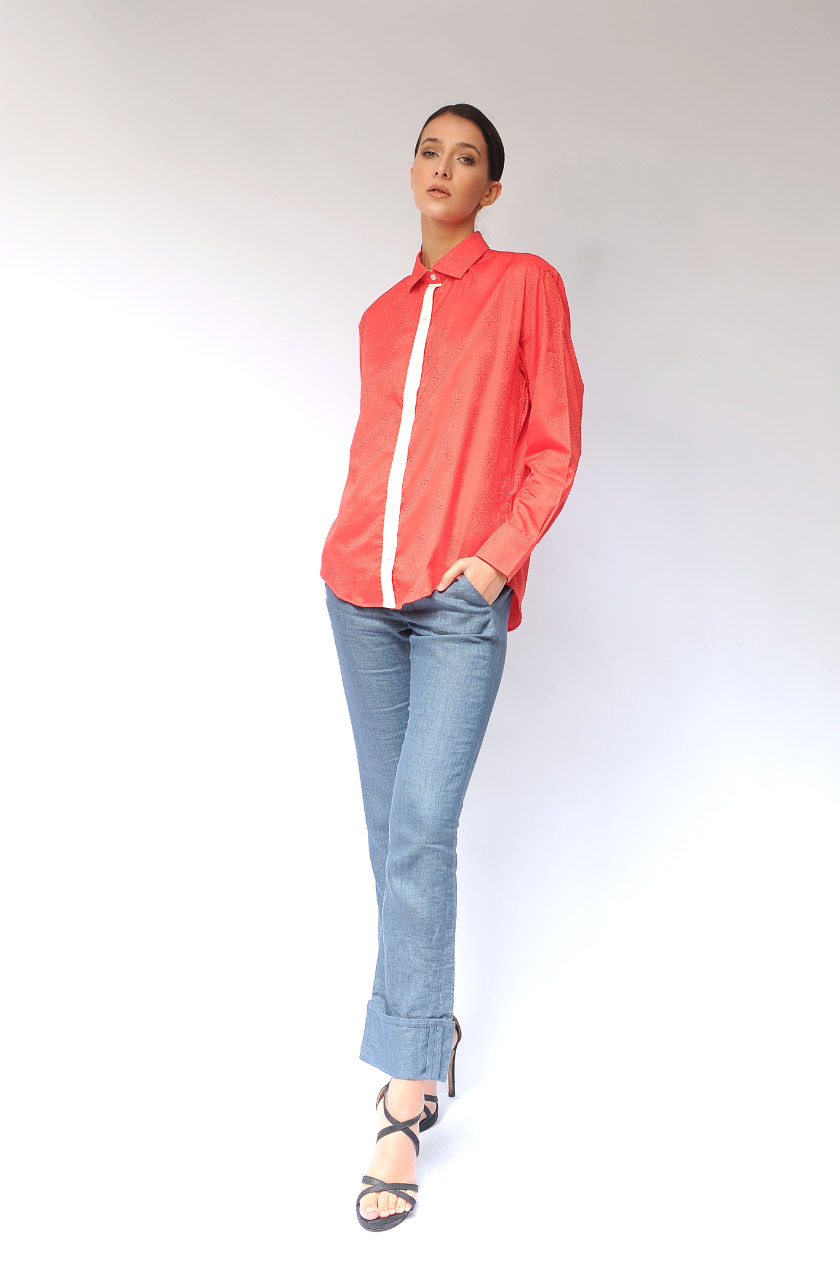
One thing that Aharoni knew from her experience working for major labels was the excessive pressures of delivering endless collections, sometimes, as this magazine has seen over the years, at the cost of creativity or even financial security. It was something she knew she wanted to avoid. ‘There’s no rest, you always need to do and create and invent more, before completing one season, you must start the next, and then the one after. In the end it stops making sense.’
She rejected fast fashion from the outset, with her speciality and experience lying firmly in designer luxury. She felt that fast fashion was an affront to both her design and human values. ‘I needed to get out of the industrial system, and focus on something that is a higher quality in terms of time to research and create, and also to be truer to my self as a designer. A designer has to be connected to what’s happening in the word, it’s really part of the work, and forecasting trends. I wanted to create something that is more responsible, and connected to actuality,’ she says.
The collections have a luxurious, classical foundation, injected with novelty. Aharoni’s designs are easy to wear, and work in all seasons. The fabrics are pleasing to touch, with some textiles developed exclusively for her brand. She chooses French, Italian and Portuguese craftspeople to realize her work.
The tension between classical and novel is not difficult to strike, she tells Lucire. ‘As a designer, this has always defined my work. My great love and most of my career, I’ve been a menswear designer because as a researcher of trends and inspiration, I love understanding and discovering the traditions and workmanship of the past, and mixing it with contemporary details. Menswear fashion only allows for so much, as opposed to women’s fashion, which tend to be more varied and open. I love pushing the limits, while conserving the beauty of the profession. With my own brand I chose to apply this “tension” and [these] sensibilities to make what I always loved wearing: fashion traditions with a twist, with the greatest attention to quality and details. Taking classic elements, such as the traditionally masculine and serious pinstripe fabric, to make a fun women’s shirt.’
Her designs have important nods to her heritage: the dragon, which appears embroidered on her work. comes from a brooch she inherited from her grandmother, whom Aharoni calls a ‘strong, independent and intellectual woman’ who came from a line of powerful and active women, and represents a pledge connected to her. The date palm tree is a recurring motif, too, representing travelling. These, says Aharoni, ‘symbolize everything that I am, as a person and a designer … The only way for me to create my own brand was to be completely true to myself. To create what I believe is right and to stick to my values.’
She adds, ‘I come from an amazing family of creatives, and these times as well as others have always been a source of inspiration. At the time my father was working with the Bedouins in the Sinai, and these unforgettable trips stayed with me: the heat, the vastness the quietness the wild ancient beauty, as well as the Bedouins: nomads and free-spirited. I was constantly drawing, and the desert is so photogenic, so to speak.
‘One of the emblems of the brand is the date tree of the desert. It’s like women: multitasking. It generously gives shade, protection and nourishment, in such tough conditions, and it’s so beautiful and wild! In my collection, there are always prints, embroideries and jacquards with this strong element.’
The designs are also timeless, something that is intentional. She sees no reason to slavishly stick to seasons, and sees her inspirations as being limitless. ‘As we move forward we are less bounded, and many things are open to us, different places, different seasons. Even now, when travelling is restricted in this crazy period, we are lucky to be able to communicate freely and find inspiration everywhere.
‘This means we don’t need to be confined to a time or season, nor place, and personally I love clothes that we don’t need to put away and patiently wait for the next season or opportunity.
‘Online for example, I have the opportunity to share and communicate my work with anyone anywhere. To be bound by a season means I have nothing to say to half of the world, at any given time.’
The Karnit Aharoni woman is, says the designer, one ‘who knows who she is.’ She continues to have ideas and concepts, as well as collaborations, which she sees as enriching, and these will fuel her brand going forward into the 2020s.
And, at some point, she foresees her love of menswear catching up with her, creating Karnit Aharoni ‘for him’. The coming decade will be an exciting one for Aharoni, as she continues creating collections that are true to her values. •
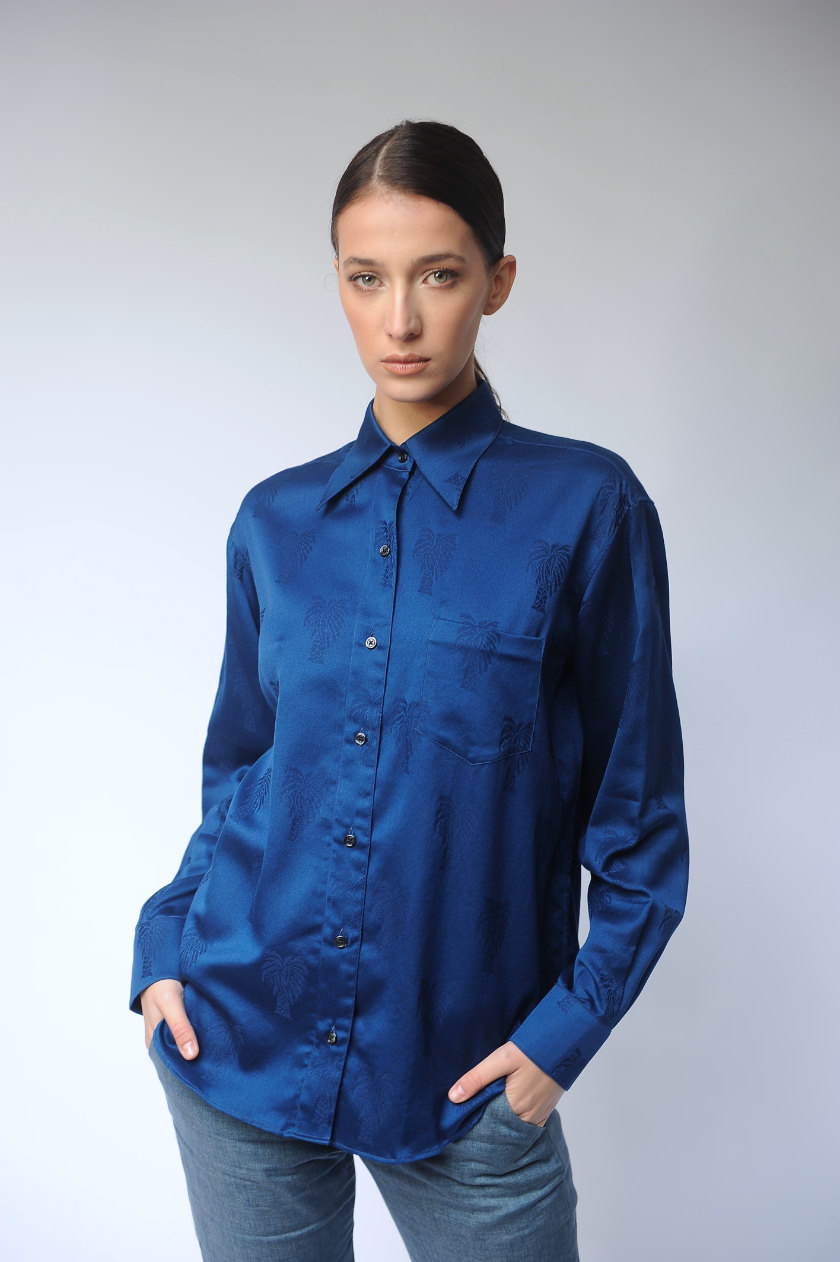
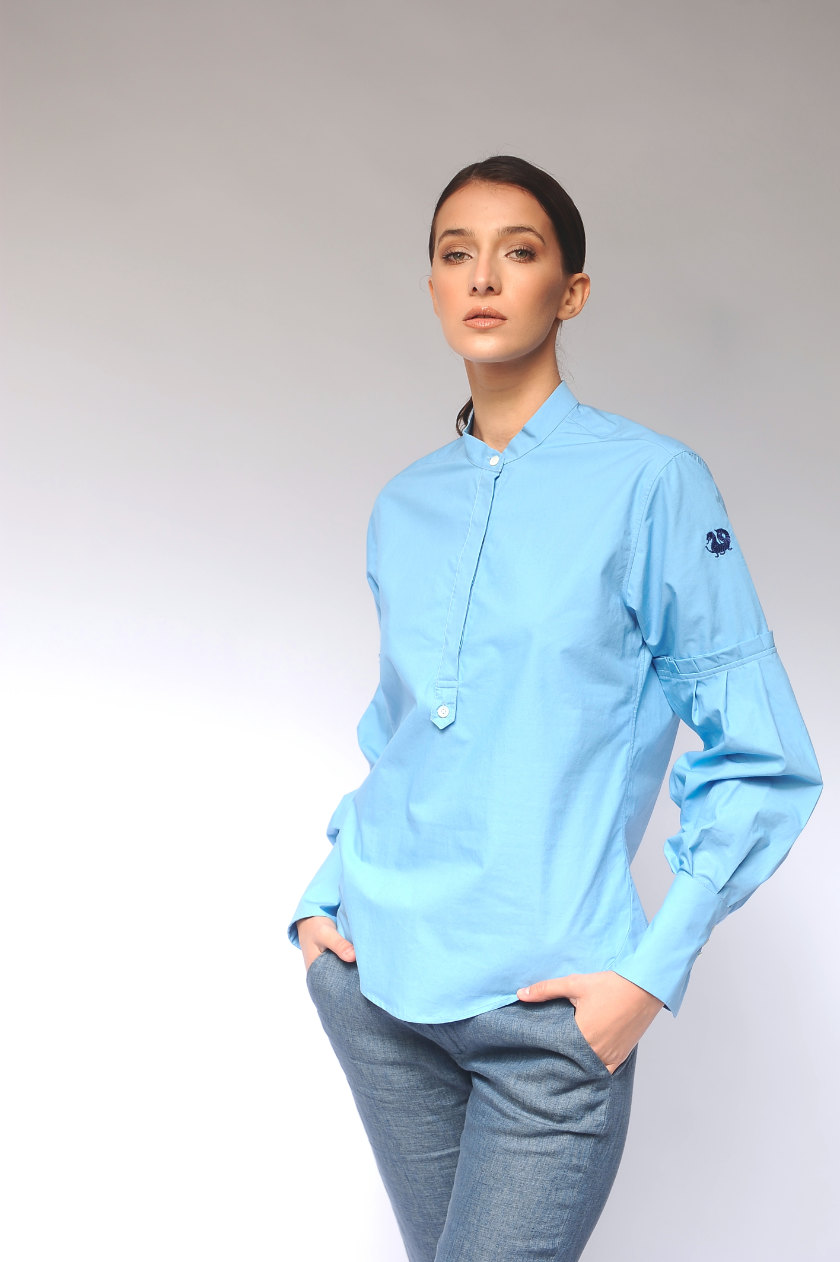
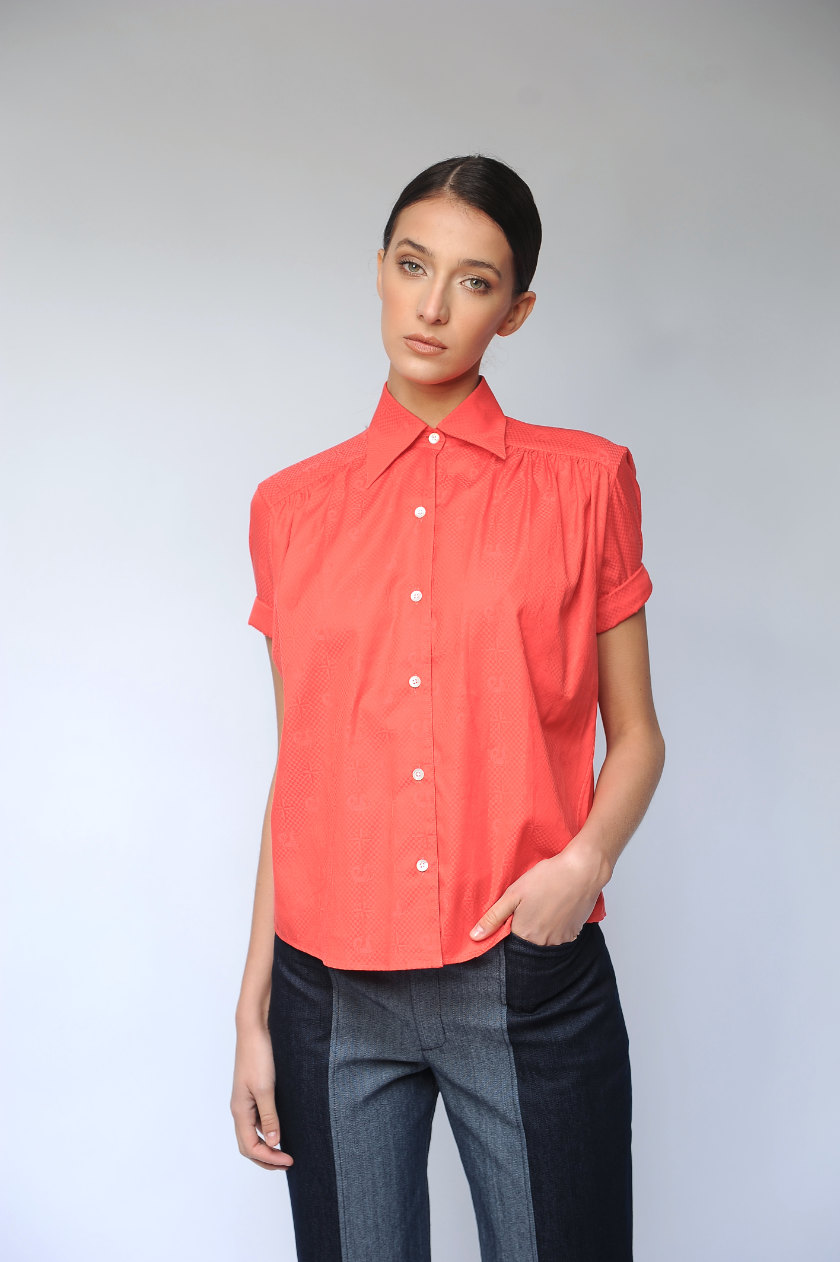
Related articles hand-picked by our editors
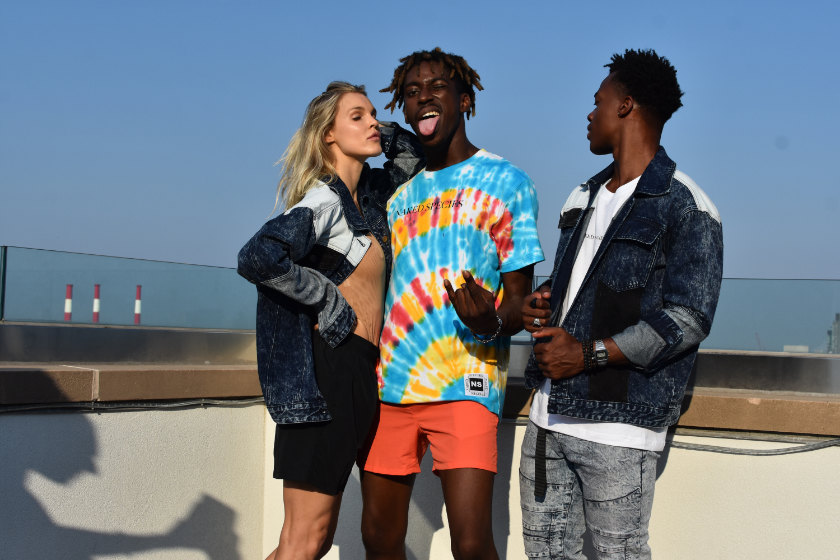
Rebuilding nature through fashion
Model, entrepreneur, fashion designer and actress: 25-year-old Joy Corrigan has a passion to protect our planet’s endangered species through the fashion label she founded with her sister. Jack Yan interviews her

The nonconformists
Meg Hamilton examines some of Paris’s best ready-to-wear for autumn–winter 2020–1, discovering that designers were ready to question and break apart convention, letting their creative forces take hold
Photographed by Olivier Saillant, Marie Rouge, and courtesy labels
First published in the May 2020 issue of Lucire KSA
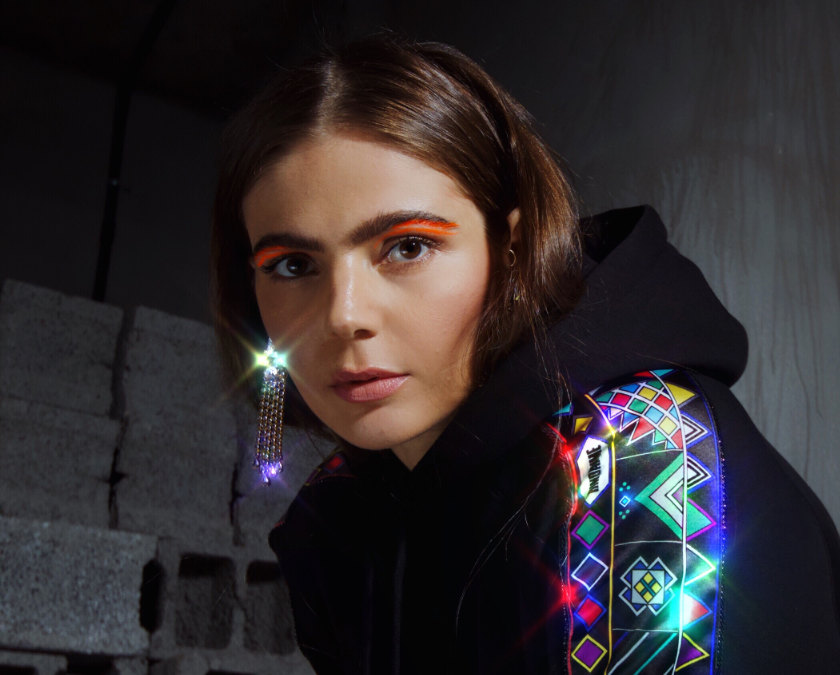
Ready-to-wear with attitude
Hindamme is a contemporary luxury fashion label inspired by the concept of “east meets west”. Qurratulain Wahab spoke with its founder, Mohammed Khoja
From the August 2019 issue of Lucire KSA
Advertisement
Copyright ©1997–2022 by JY&A Media, part of Jack Yan & Associates. All rights reserved. JY&A terms and conditions and privacy policy apply to viewing this site. All prices in US dollars except where indicated. Contact us here.